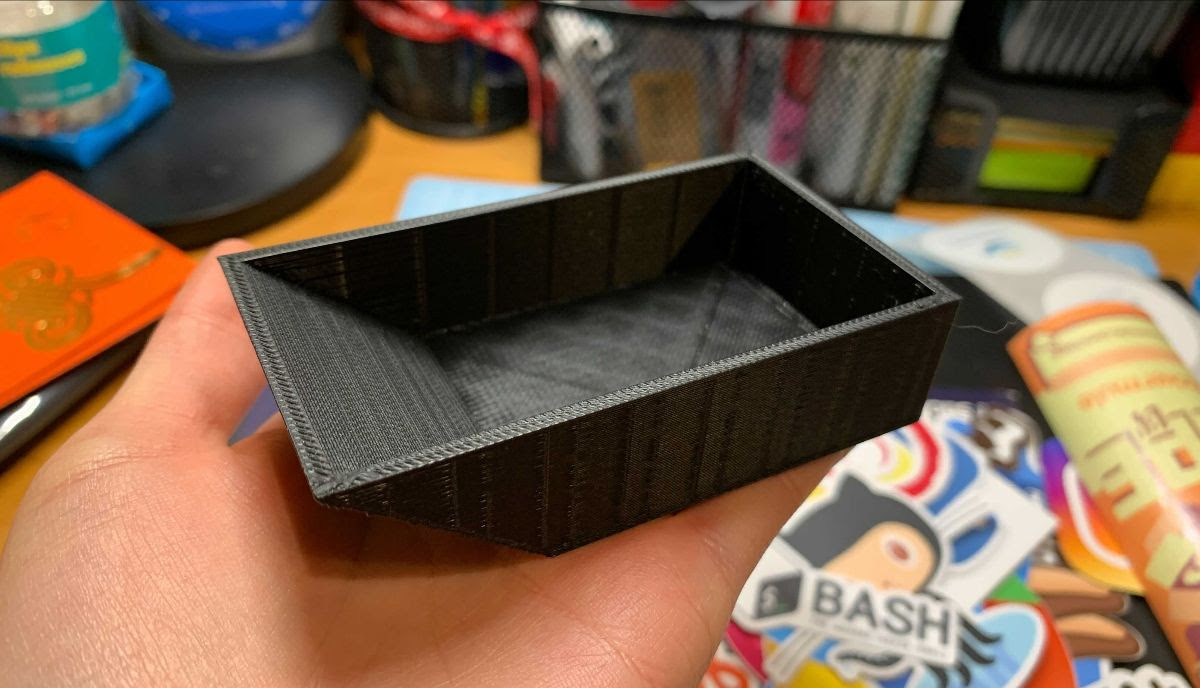This team is developing an electroencephalogram and electromyography (EEG/EMG)-controlled prosthetic hand from scratch.

Prosthetics are becoming increasingly prevalent in a world where
day-to-day actions are often limited to those without
disabilities. Bridging this gap, NeurAlbertaTech is currently
building an electroencephalogram and electromyography
(EEG/EMG)-controlled prosthetic hand from scratch.
For the mechanical side of this prototype, parts will be 3D
printed to promote customizability and affordability. The 3D
models will also be easy to replicate, promoting accessibility
in prosthetics and rehabilitation products. In terms of
functionality, the hand would offer flexibility in individual
finger movements and wrist rotation. Prototyping includes:
• Research and development of preliminary 3D designs
• 3D printing parts using PLA, ABS, PETG, and TPU
• Testing of prototype by integrating hardware and software together
Since sensory feedback from the hand is absent in most
prostheses, an artificial method to restore this sense is
crucial in performing day to day tasks such as grasping objects.
Using a custom embedded flex sensor made from Velostat and
Ecoflex, preliminary tests have been run consisting of:
• 3D printing PLA/ABS molds for casting
• The casting process which includes a layer of Ecoflex, a Velostat
sheet, then another layer of Ecoflex
• Curing the Ecoflex in a vacuum chamber
Connecting the exposed Velostat tabs to an Arduino which routes it
to a small vibration motor for sensory feedback. The goal of this
test is to provide a Proof of Concept (PoC) for a feedback system
within the prosthetic hand. With the Velostat layer acting as an
electronic skin for the prosthesis, it should be sensitive to changes
in pressure and other tactile sensations. Through the Velostat's
ability to change resistance based on applied pressure, differing
pressures can be distinguished by Arduino as differing currents.
This way, the hand would be able to relay sensory information from
the Velostat to the user, restoring their both sensory and motor
function.
| Portia Rayner | Annette Lau | Daniel Gye | Haseeb Mohammad | Randy Palamar |
|---|---|---|---|---|
| Team Lead - BSc, Mechanical Engineering | 3D Modelling, Additive Fabrication - BSc, Mechanical Engineering | Mold Fabrication, Clinical Liaison - BSc, Mechanical Engineering | Materials Researcher - BSc, Electrical Engineering | PCB Design, Embedded Systems - BSc, Electrical Engineering |





